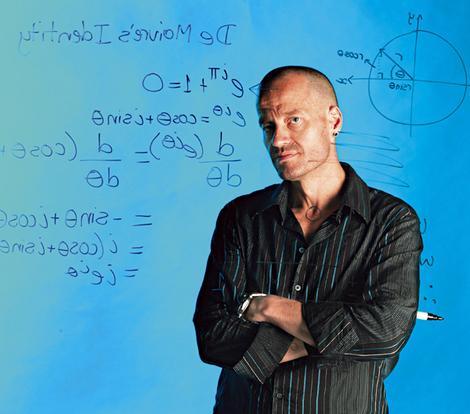Some great news! In the roller-coaster ride that is my study (see Peer Review, Peer Exposure), my second paper has just been published (in fact it was published 4 days ago but no one told me! :) Entitled Bloom-ing Heck! The Activities of Australian Science Teachers and Students Two Years into a 1:1 Laptop Program Across 14 High Schools, it is featured in the International Journal of Innovation in Science and Mathematics Education 21(1).
I have been nervous about the publication of this paper as it is not necessarily a good news story. However, it goes without saying that I have to be objective and report the data as it appears. Here is the abstract (for the full article click on the link above):
This study examines the responses of 1245 science students and 47 science teachers from 14 Catholic high schools in Sydney, Australia, 2010. Two years into a 1:1 laptop program, the types of activities engaged in with laptops as self-reported by teachers and students are analysed. The activities are differentiated from lower- to higher-order using Bloom’s Digital Taxonomy. Though the shift has been to use pen and paper less and laptops more, it is found that the modal practice for students is the lower-order paradigm of note-taking and working from textbooks through electronic means by word processing and electronic textbooks, plus simple online searching. Students would like to engage in more higher-order activities such as blogging and video editing but these are not favoured by teachers. Datalogging and databases, despite being encouraged or even mandated by the Board of Studies NSW, are rare experiences. Most science teachers appear to use simulations but students do not report the same experience. Investment must be made in the professional development of teachers to empower and encourage them to integrate higher-order tasks and to capitalise on the opportunities offered by 1:1 laptops.
What is most important to highlight is that the findings are based on 2010 data. As systems/schools/teachers, we have to ask ourselves 'have we progressed from this baseline in the 3 years since?' (The next few papers will go some way to answering this).





